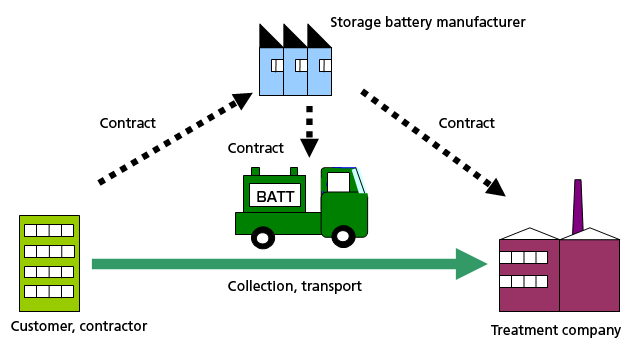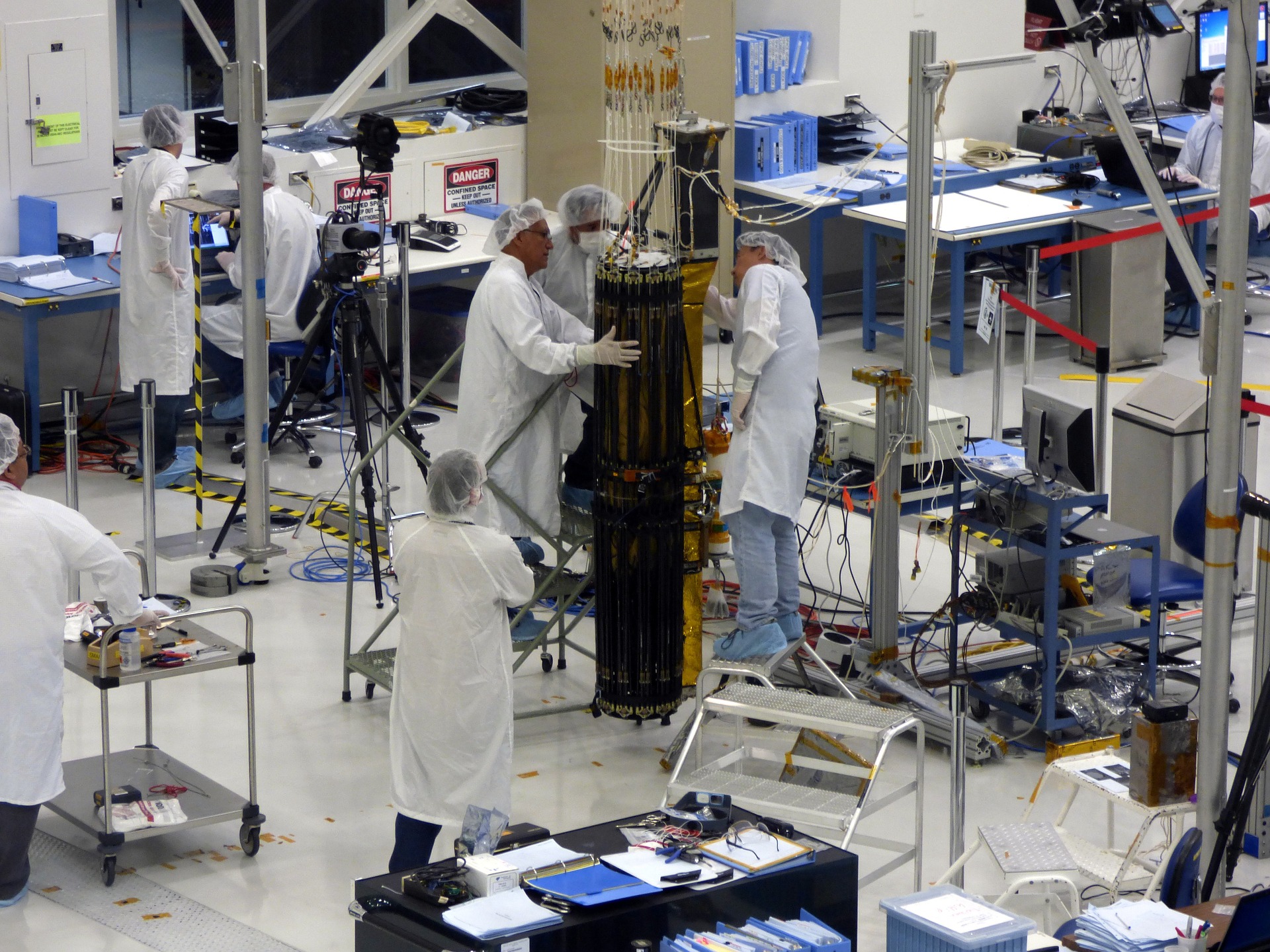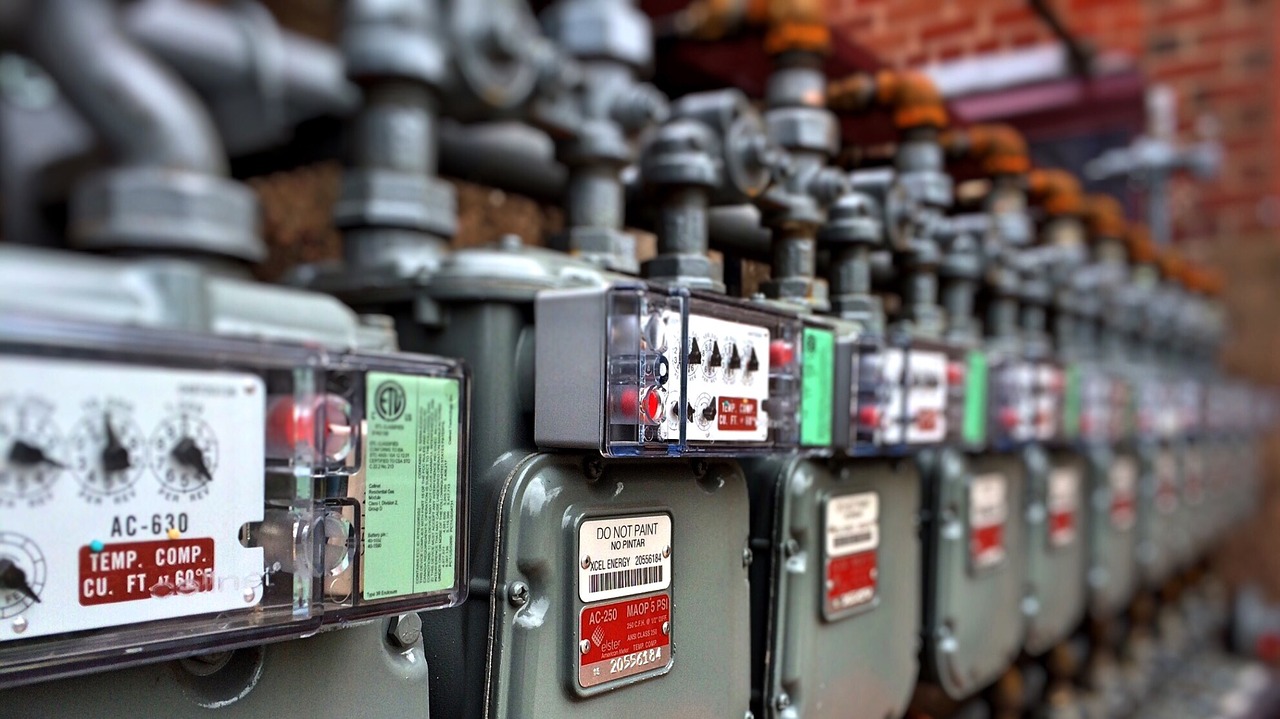The Challenge of Battery Wastes
transmission, eco-friendly, renewable, energy, storage, digital, power, power, conservation, creativity, innovation, industry, quality, technology, smart

Demand for sustainable transportation, rising prices of fuels have resulted in trend towards using hybrid and electric vehicles. The Indian government has set goal of 30 percent new Electric Vehicles (EV) by 2030. The government’s goal of 100GW solar generation, growing renewable generations and growing application of lithium ion batteries are some of main sources of increasing battery waste. It is estimated Lithium ion battery will be used for Electric vehicles in the coming two decades. The use of these electric vehicles will generate a lot of spent lithium ion batteries needing recycling.
Currently in India, almost all of the lithium ion batteries, used in cell phones and consumer electronics, end up in waste dumps. The reason being it is not economical to recycle lithium ion batteries currently. This is because, although lithium ion batteries contain valuable metals like Cobalt, Nickel, Copper, etc, the cost of recycling is more than the value obtained after selling these metals. The lithium ion battery contains lithium in maximum quantity but obtaining lithium from lithium ores is much cheaper than recycling the batteries. But this scenario needs to be changed, to tackle with rising battery waste.
Battery Recycling is imminent in India
The lithium ion batteries are hazardous in nature, they can give out toxic gases. These batteries also catch fire and might as well cause explosion. So, they may cause fires if dumped in landfills and disposing batteries in landfill will also generate need of more landfills in India. Secondly, the extraction of lithium, cobalt and other metals from ore has environmental costs and the supply of lithium and cobalt in future is subjected to number of constraints. India has to ensure the supply of raw materials for lithium ion batteries.
Almost 70 percent of lithium deposits are concentrated in Chile, China, Argentina and moreover Cobalt deposits are mainly in the Democratic Republic of Congo. This may affect the access to the raw materials for lithium ion batteries in India. Also, the governmental policies and political instability of these countries may affect the supply and price of lithium and cobalt. Thereby, affecting the cost of electric vehicles. To secure the supply of these metals, inter-governmental partnerships are being made. However, for overcoming the dependencies on other countries for raw material supply, battery recycling needs to developed in India.
Battery Reusing Before Recycling
The batteries used in electric vehicles retire after they degrade to 70 percent of their capacity. Recycling them straight away will be a waste of their remaining capacity. These batteries can be tested and then reused for home energy storage. Reusing the batteries will reduce the cost of batteries further and lower the demand for new batteries and new raw material. But after the battery has completed its life cycle, it must be recycled. The main hurdle in recycling the batteries has been the cost of recycling being more than value of the products obtained. This problem can be overcome by a technique similar to that demonstrated by Umicore recycling unit
Making Recycling Economical
Lithium batteries have anodes made of graphite and cathodes made of lithium metal oxides, whereas the metal is some combination of cobalt, nickel, manganese, and iron. The standard procedure requires crushing batteries, and then either melting them or dissolving them in acid. Finally, cobalt, lithium, nickel, and other metals are obtained in separate form. But this procedure of recycling is expensive. It is possible to make recycling batteries economical and energy efficient by not performing mechanical separation of metals. Instead “products” and “byproducts” derived during recycling can be sold directly before further purification.
“Product” derived from battery includes an alloy which is rich in cobalt, nickel and other metals. A process whereby the LCO (lithium cobalt oxide) is derived from batteries is developed by Umicore. Lithium cobalt oxide is used for making cathodes in lithium ion battery and is brought by battery manufacturers. This process has high proven to provide high margin of return. The “byproduct” is the slag which is made up of remaining lithium in the batteries. This “byproduct” is used in different application where it can be resold. The construction industry is known to use this “byproduct” as more environment-conscious alternative. The next step in recycling of batteries is closed loop recycling of batteries, wherein the recycled battery materials are sold back to battery manufactures.
Future of recycling
The increase in number of batteries will make closed loop recycling economical and help in reducing dependence on lithium supply from other countries. The future batteries are expected to be based on phosphate or manganese chemistry and have no or less valuable metals like cobalt or nickel. The recycling for obtaining only lithium will be very costly. Hence, recycling in future seems to be mostly for abiding by environmental laws and for ecological reasons.


